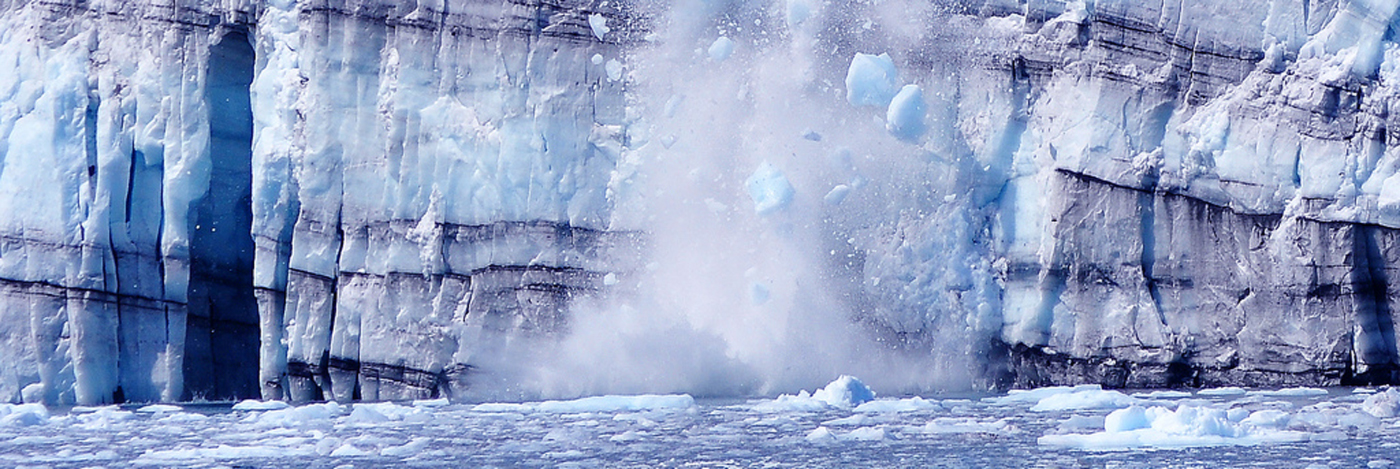The climate challenges ahead of us on the fifth anniversary of the Paris Agreement



This Saturday (13 December) marks the fifth anniversary of the adoption of the Paris Agreement, the legally binding international UN treaty under the UN Framework Convention on Climate Change.
The Paris agreement aims to strengthen the global response to climate change by keeping global temperature rise this century to well below 2°C above pre-industrial levels and to pursue efforts to limit warming to 1.5°C.
This year’s annual climate conference of the Parties (COP 26), originally scheduled to take place in Glasgow in November, has been delayed for a year due to the coronavirus pandemic; however the anniversary will be marked by a Climate Action Summit. Co-hosted by the UK, France and the UN, the summit will call on national governments to increase the ambition of their emission reduction and adaptation plans, commit to climate finance and outline their long-term net-zero targets.
This is a significant fifrth birthday as it marks the renewal period of national commitments to achieve the Paris Agreement, expressed in countries’ Nationally Determined Contributions (NDCs).
Our world is a very different place today compared to five years ago when the Agreement was signed. Some of the changes we’ve faced were less predictable, such as the emergence of the COVID-19 pandemic which has wreaked havoc on society this year. Other changes were predicted by climate models, such as fierce forest fires and unprecedented warming of the Arctic. Witnessing catastrophic climate change unfold before our eyes has driven youth movements across the globe, spearheaded by Greta Thunberg, to demand urgent action on climate change.
Having campaigned to reduce the global warming impacts of hydrofluorocarbons (HFCs) for almost 15 years, I have personally seen how people’s attitudes towards this issue have changed. What was once viewed as niche is now seen as relevant. Among other things, HFCs are used as refrigerants in cooling products, like fridges and air conditioners, but are incredibility potent greenhouse gases. Urgent action to cut the use of HFCs through accelerating their global phase-out and tackling illegal trade in HFCs could drastically reduce emissions and help to avoid dangerous climate tipping points.
EIA campaigns across a variety of issues which are impacted by and have impacts on climate change. Ahead of the Climate Action Summit, we are urging decision-makers to consider the following key asks:
Climate Campaign: Yesterday, at an event highlighting the importance of including cooling in NDCs, Climate Action Champion Nigel Topping spoke of the huge mitigation potential of climate-friendly cooling. UNEP’s Executive Director Inger Anderson echoed with a call for a sustainable approach to cooling devices to be part of the COVID-19 green recovery. EIA calls on governments to put this into action through NDCs which support the rapid transition to ultra-low global warming potential (GWP) and energy-efficient cooling products alongside adoption of alternative ways of keeping cool, for example through passive cooling. To support this EIA will be launching a Pathway to Net Zero Emissions Cooling Product List in early 2021.
Methane contributes to a staggering quarter of global warming to date. Recent studies show that as much as 40 per cent of methane emissions come from the energy sector, yet much of this can be mitigated at no net cost, begging the question: why are policymakers so lenient on the fossil fuel industry? EIA calls on governments to act on methane emissions from the energy sector, for example through banning new oil and gas exploration and establishing monitoring, reporting and verification and leak detection and repair obligations across the supply chain while also banning routine venting and flaring.
Forests Campaign: Deforestation is one of the key drivers of climate change. Globally, the loss of forests continues at an alarming rate, often due to the production of agricultural commodities like beef, palm oil and soy. Protecting and restoring forests has a huge role to play in mitigating climate change.
The Paris Agreement made it clear that Parties need to act to conserve and enhance forests, with Nature-Based Solutions being one of six priority areas for the upcoming COP26. It is essential that countries now take action. EIA calls on countries to include forests within their NDCs, ensure forest-rich countries are adequately supported to meet existing forest-related NDC targets and for new legislation to be enacted to combat deforestation globally.
Ocean Campaign: Under the current trajectory, greenhouse gas emissions associated with conventional plastics will account for at least 15 per cent of the carbon budget by 2050. A reduction in plastic consumption will play a role in reducing societal dependence on fossil fuels, as well as curbing demand for fossil gas that exacerbates upstream methane leakages. EIA calls on governments to support a legally binding treaty to address plastic pollution, one that will cap and significantly reduce plastic production and consumption.
Wildlife Campaign: The role that fauna and flora play in enhancing the resilience of ecosystems – both marine and terrestrial – from the impacts of climate change is increasingly recognised by scientists. We want to see a commitment to scaling up conservation of natural ecosystems so that 30 per cent of the world’s terrestrial, freshwater, coastal and ocean ecosystems are effectively conserved by 2030, and to rewilding of degraded land and seas.